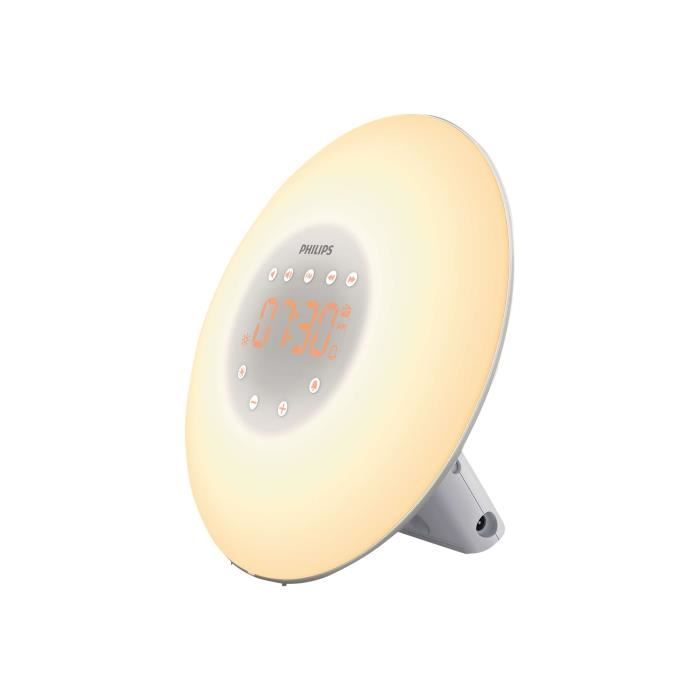

The Philips Wake Up Light turns on between 20 to 40 minutes before you want to wake up (you can choose the time). The solution is to bring the light from the sun into your bedroom, and this is what the Philips Wake Up Light does. And who wants their wake up time to be governed by the timing of the rising sun in the 21st century? For most it’s too early, particularly in the summer months! And for others, they need to be up before the sun has risen. You could leave your curtains open to let the sun come through in the morning, but not everyone wants to wake up when the sun comes up. The result is that you’ll feel too alert to fall asleep at night and too sleepy to wake up in the morning.Īvoiding strong light in the evening is one way to allow your body to wind down for the night, but you’ll still feel sleepy in the morning if you wake up in darkness. It gets confused, thinking that it’s still day just before bed and still night when you try to wake up. Going to bed just after turning the lights off and trying to wake up in the dark causes havoc to our body clock. The sleepiness hormone melatonin is produced in darkness and stopped when there is light. The Science behind the Philips Wake Up LightĪs humans we’re designed to wake up when the sun goes up and fall asleep when the sun goes down. Instead of being jolted out of your sleep by a jarring alarm this clock wakes you up naturally using light so you feel bright and alert in the morning. The Philips Wake Up Light HF3520 is the third and latest edition of Philips’ long line of wake up lights.


 0 kommentar(er)
0 kommentar(er)
